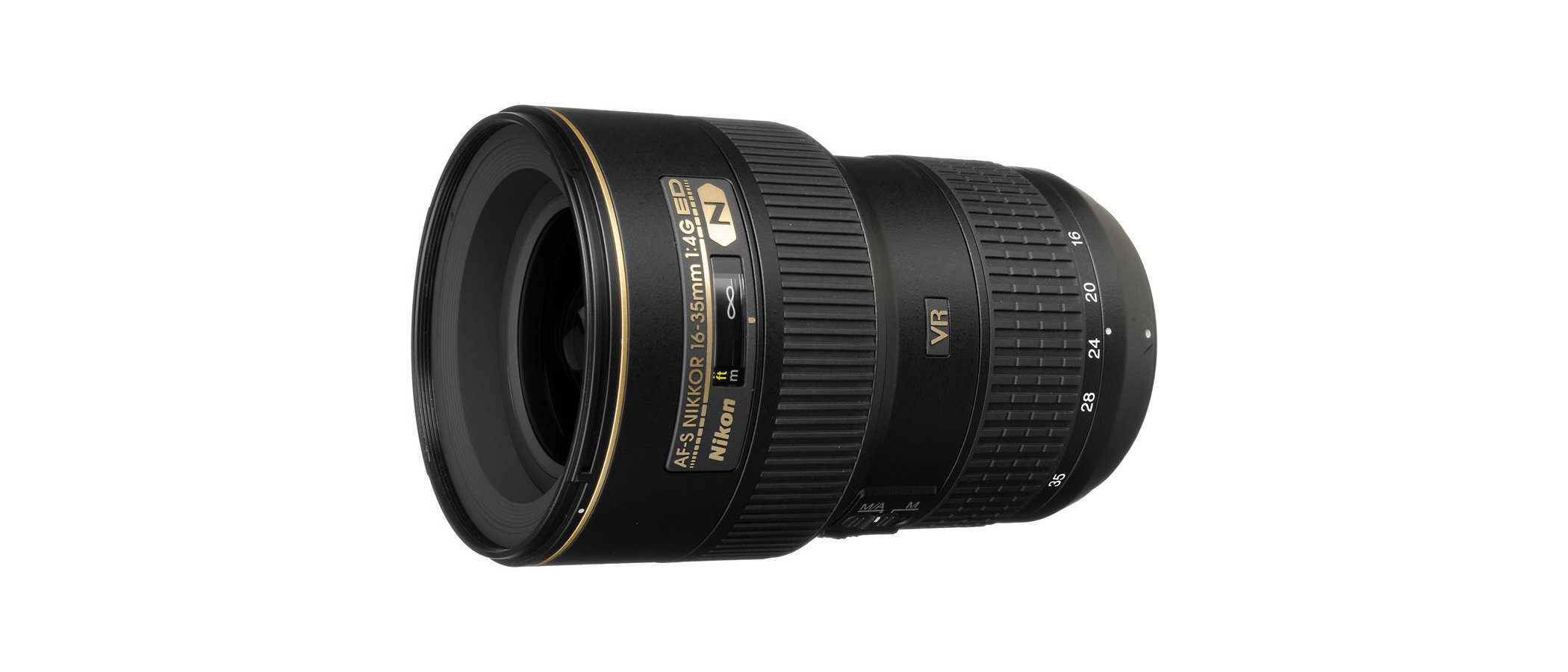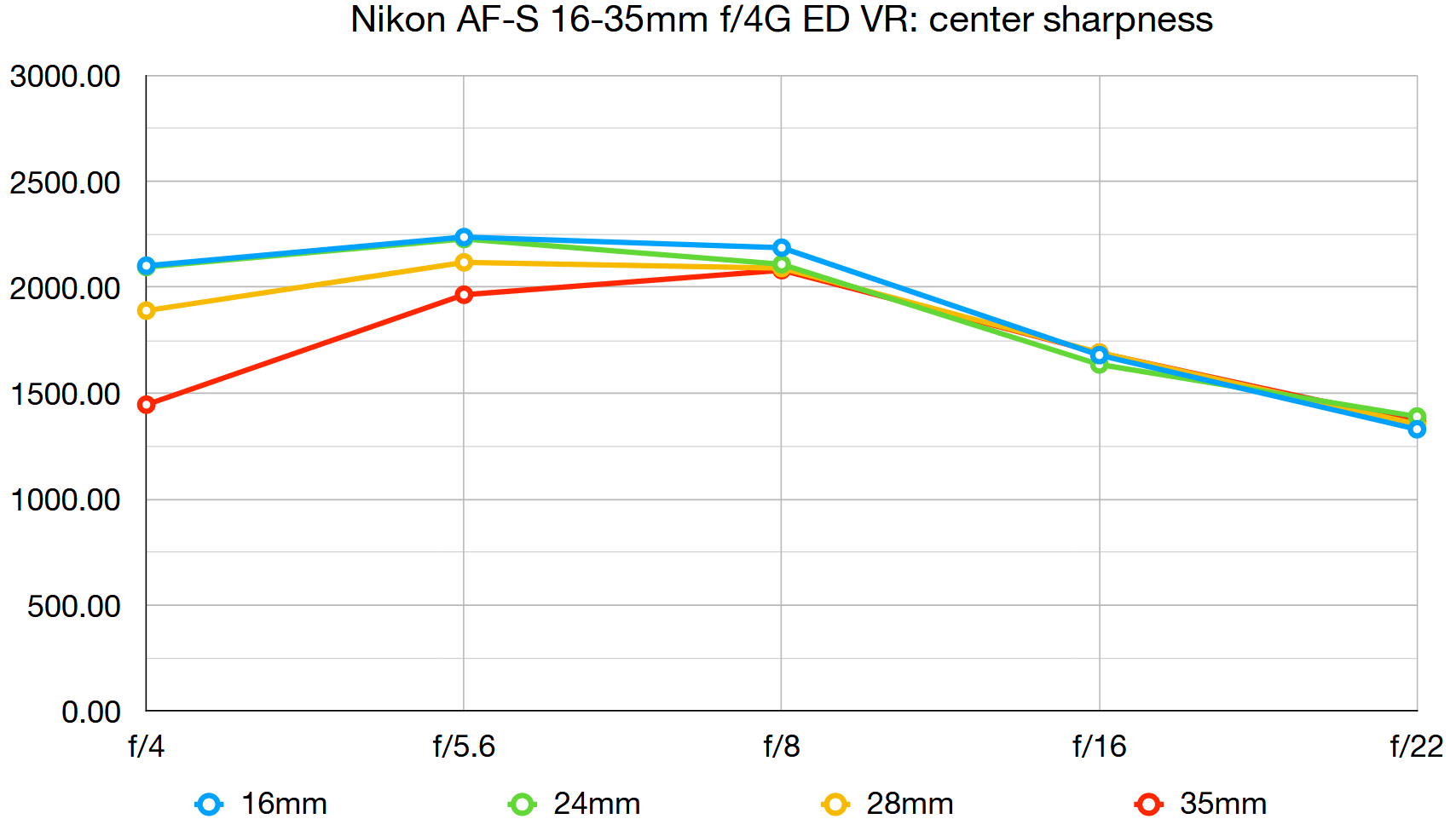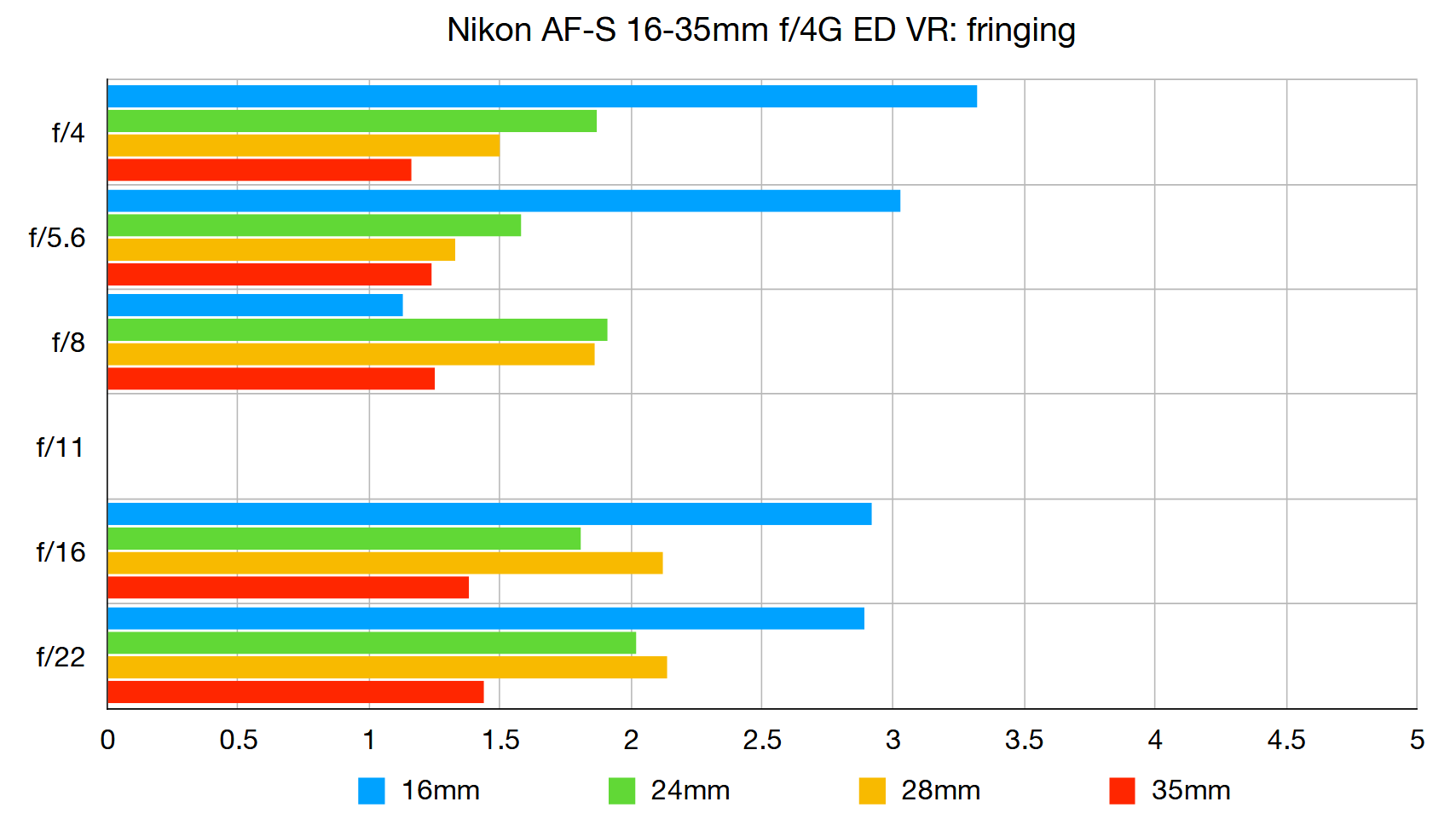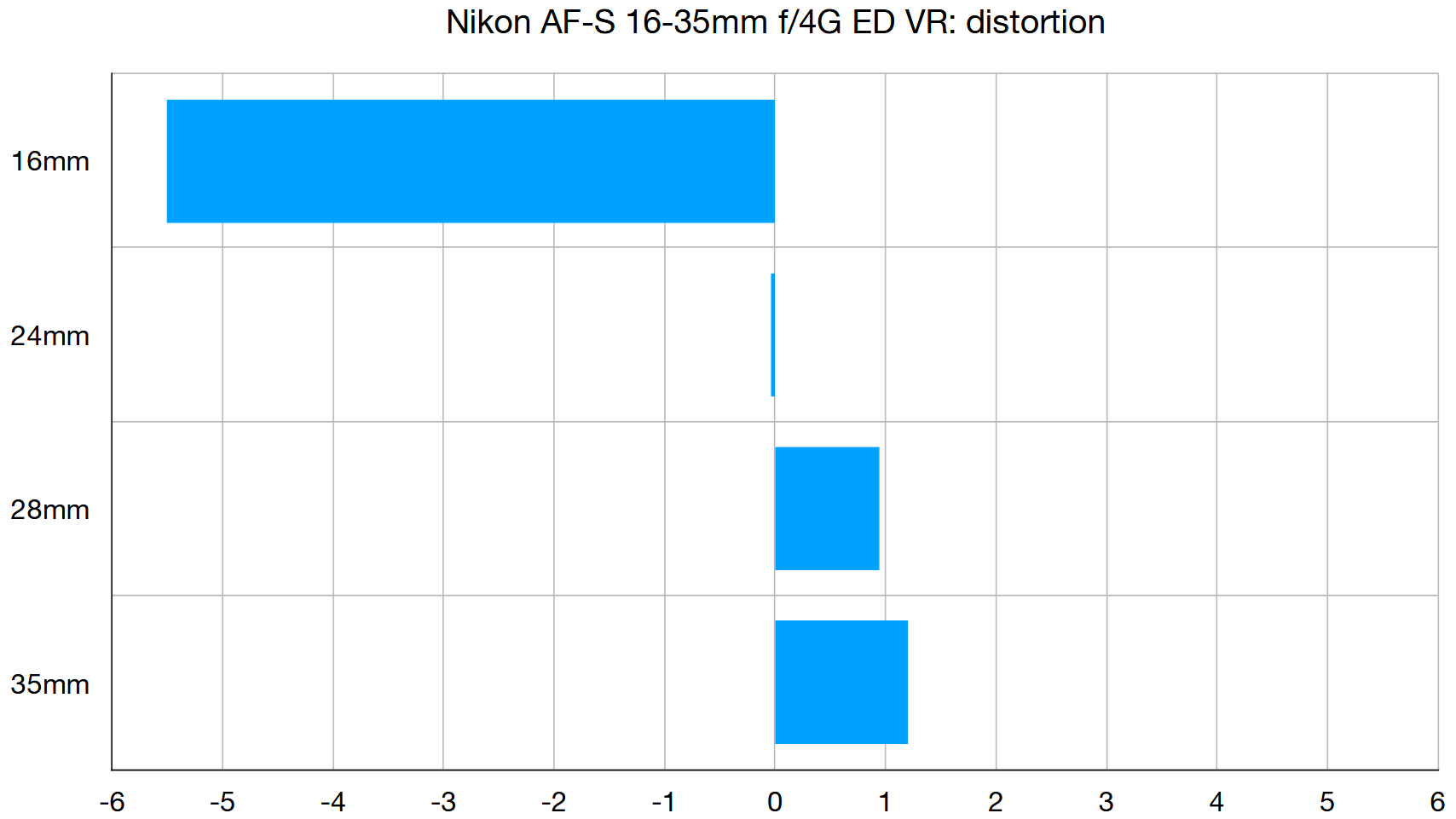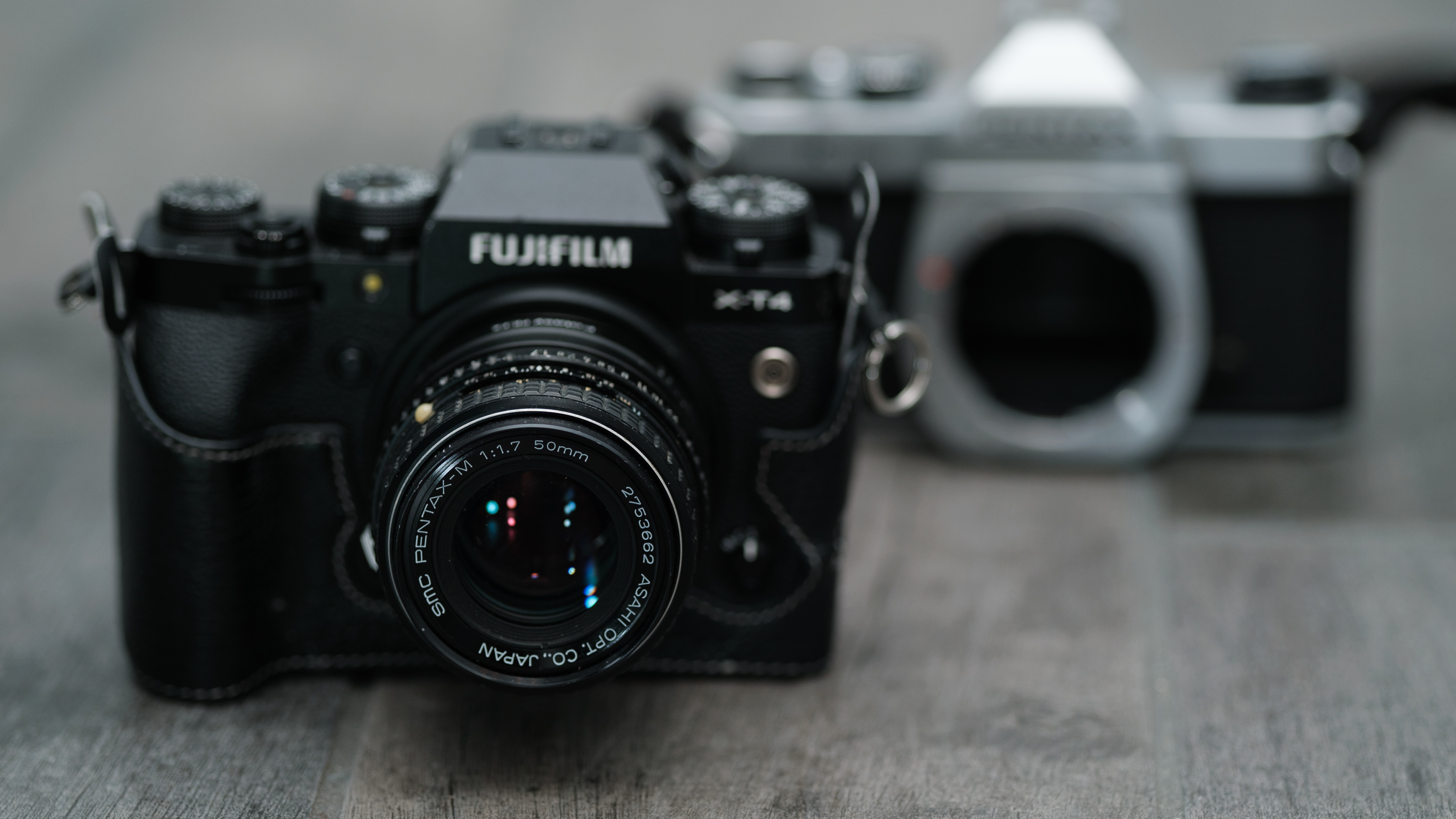Digital Camera World Verdict
The mighty Nikon AF-S 14-24mm f/2.8G ED might seem the most obvious contender for an ultra-wide landscape zoom for Nikon’s FX format DSLRs, but we actually prefer the equivalent Sigma 14-24mm f/2.8 DG HSM Art. Compared with both of those, Nikon’s 16-35mm lens naturally has a less generous maximum viewing angle and aperture rating, but is less expensive to buy and has the advantages of featuring a filter attachment thread and optical stabilization. For landscape photographers, it’s the most sensible option.
Pros
- +
Generous maximum viewing angle
- +
77mm filter attachment thread
- +
Optical VR
Cons
- -
Less ‘wide-angle’ than some
- -
f/4 rather than f/2.8 aperture
Why you can trust Digital Camera World
The Nikon AF-S 16-35mm f/4G ED VR is relatively compact compared with Nikon’s 12-24mm zoom and only about two-thirds of the weight, while adding the bonus of optical VR. It’s also less pricey to buy and has a detachable hood that enables the inclusion of a 77mm filter attachment thread. Overall, it’s a great choice for shooting landscapes, cityscapes and architectural interiors, although its f/4 aperture makes it less ideal for astrophotography.
Specifications
Mount: Nikon F (FX)
Full-frame: Yes
Autofocus: Yes
Image stabilisation: Yes
Lens construction: 17 elements in 12 groups
Angle of view: 107-63 degrees
Diaphragm blades: 9
Minimum aperture: f/22
Minimum focusing distance: 0.29-0.28m
Maximum magnification ratio: 0.25x
Filter size: 77mm
Dimensions: 83x125mm
Weight: 680g
Key features
A cost-effective wide-angle zoom, this lens gives a field of view that ranges from 114 to 84 degrees on a full-frame Nikon camera. It also has a pretty short minimum focus distance that shrinks marginally from 0.29m to 0.28m as you extend through the zoom range, giving a generous maximum magnification factor of 0.25x.
The optical path includes three aspherical elements, which help to boost sharpness while keeping spherical aberrations and distortion in check, as well as reducing the overall size and weight of the lens. There are also two ED (Extra-low Dispersion) elements to enhance clarity and minimize color fringing, along with Nano Crystal Coat to reduce ghosting and flare.
Autofocus is based on a conventional ring-type ultrasonic motor, offering the usual full-time manual override along with a focus distance scale mounted beneath a viewing window. Unlike many wide-angle zooms, this one features an optical image stabilizer, or ‘Vibration Reduction’ system. Build quality feels solid and the mounting plate features Nikon’s usual rubber weather-seal ring.
Performance
This Nikon lens really delivers when it comes to center-sharpness, which is mostly spectacular although it drops off a bit at the long end of the zoom range. Mid-sector sharpness is pretty good but corner-sharpness is relatively lackluster. VR is definitely worth having, as it can save the need to lug a tripod around, but in this lens it only gives a 2.5-stop benefit.
Lab results
We run a range of lab tests under controlled conditions, using the Imatest Master testing suite. Photos of test charts are taken across the range of apertures and zooms (where available), then analyzed for sharpness, distortion and chromatic aberrations.
We use Imatest SFR (spatial frequency response) charts and analysis software to plot lens resolution at the center of the image frame, corners and mid-point distances, across the range of aperture settings and, with zoom lenses, at four different focal lengths. The tests also measure distortion and color fringing (chromatic aberration).
Sharpness:
It’s mostly great in the central region of the frame, although it drops off a bit at the long end of the zoom range. Mid-sector sharpness is comparatively average and corner-sharpness is a little disappointing.
Fringing:
color fringing can be noticeable at the short end of the zoom range, towards the corners of the image frame, but is less of an issue at mid to long zoom settings.
Distortion:
The best camera deals, reviews, product advice, and unmissable photography news, direct to your inbox!
Barrel distortion can be very noticeable at 16mm but is of a uniform nature that’s quite easy to correct. It dies away completely at around 24mm and there’s slight pincushion at longer focal lengths.
Verdict
The mighty Nikon AF-S 14-24mm f/2.8G ED might seem the most obvious contender for an ultra-wide landscape zoom for Nikon’s FX format DSLRs, but we actually prefer the equivalent Sigma 14-24mm f/2.8 DG HSM Art. Compared with both of those, Nikon’s 16-35mm lens naturally has a less generous maximum viewing angle and aperture rating, but is less expensive to buy and has the advantages of featuring a filter attachment thread and optical stabilization. For landscape photographers, it’s the most sensible option.
Read more:
• Best camera lenses to get
• Best Canon lenses
• Best Nikon lenses
• Best Sony lenses
Matthew Richards is a photographer and journalist who has spent years using and reviewing all manner of photo gear. He is Digital Camera World's principal lens reviewer – and has tested more primes and zooms than most people have had hot dinners!
His expertise with equipment doesn’t end there, though. He is also an encyclopedia when it comes to all manner of cameras, camera holsters and bags, flashguns, tripods and heads, printers, papers and inks, and just about anything imaging-related.
In an earlier life he was a broadcast engineer at the BBC, as well as a former editor of PC Guide.
